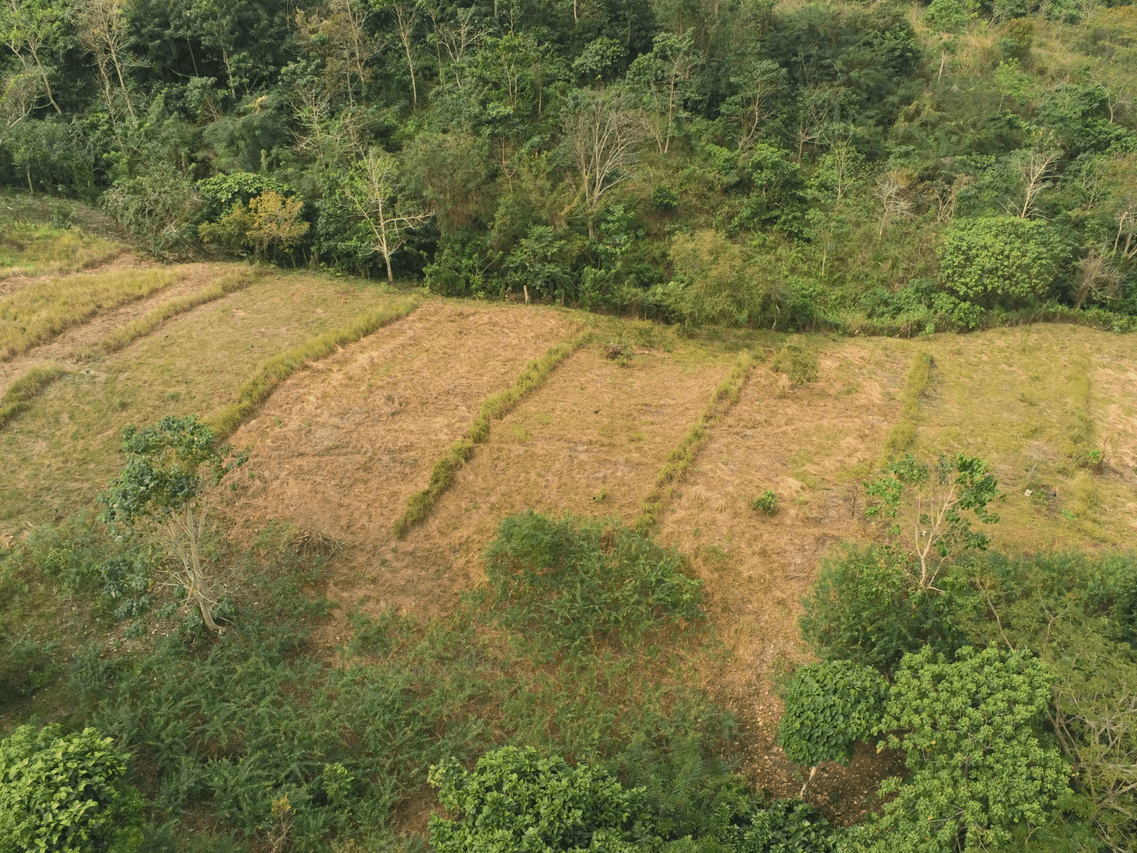The role of agroforestry in forest restoration
- From
-
Published on
20.03.20
- Impact Area

The Integrated Natural Resources and Environmental Management Project (INREMP) was launched in 2013 to address unsustainable forest management practices in several river basins. INREMP aims to restore the functions of the basins as providers of ecosystem services, which include wood, water, food and medicine.
INREMP aims to achieve its restoration goals by implementing various commercial forestry investment sub-projects and different modes of natural resource management. The sub-projects being implemented are conservation farming, commercial tree plantation, and agroforestry.
Agroforestry is defined as the science and application of producing agricultural and wooden products on the same piece of land, integrating farmers, livestock, trees, and forests at various scales. As of December 2019, INREMP had established agroforestry sub-projects in 99% of its target areas, covering a total of 14,307 hectares.
Related news
-

Progress and challenges in implementing non-market approaches
Climate Action Science Program23.04.25-
Adaptation
-
Mitigation
To date, more than 20 organizations are registered as support providers to implement non-market appr…
Read more -
-

How Conflict-Sensitive Water Management Builds Peace: Lessons from CGIAR’s Training with Egypt’s NWRC
Ibukun Taiwo22.04.25-
Climate adaptation & mitigation
Climate change is straining water supplies and heightening community tensions. Evidence shows that w…
Read more -
-

Policy, climate finance, and collaboration spotlights at the CGIAR Climate Action Program launch
International Rice Research Institute (IRRI)16.04.25-
Climate adaptation & mitigation
NAIROBI, Kenya (10 April 2025) — Building on over two decades of experience in global…
Read more -
